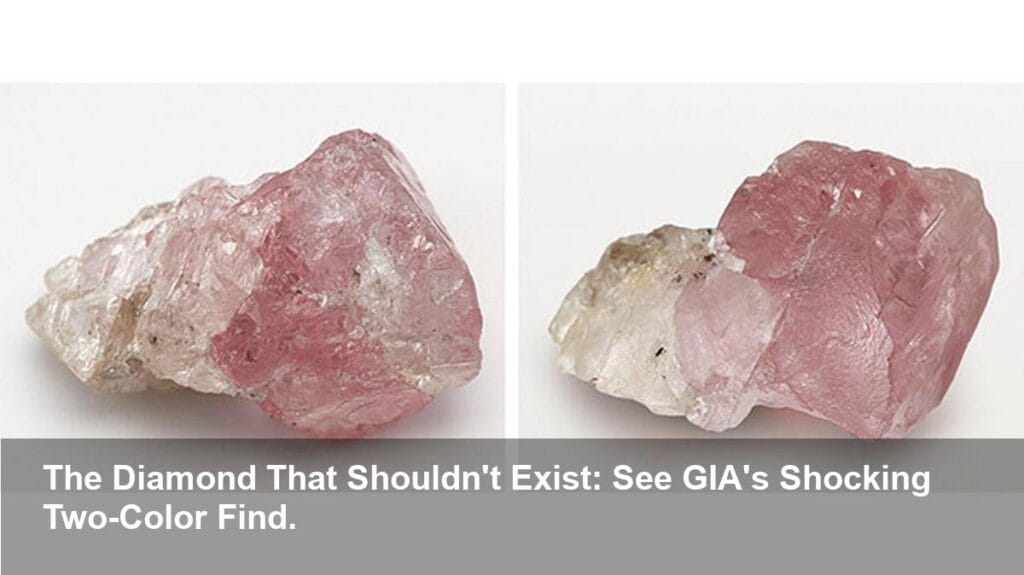GIA Stunned By Diamond Formed in Two Different Eras

Highlights
- The Gemological Institute of America (GIA) has analyzed an exceptionally rare bicolor diamond.
- The stone exhibits two distinct and separate zones: one pink and one colorless.
- GIA scientists theorize that the diamond formed in two separate growth events over different periods.
- This unique gem offers a rare glimpse into the complex conditions of diamond formation deep within the Earth.
A Gemological Puzzle
In a recent finding that has captivated the gemological community, the GIA detailed its examination of a truly unique bicolor diamond. The stone presents a stunning and unusual characteristic: a clear and distinct separation between a vibrant pink section and a perfectly colorless zone. This isn’t the typical subtle color zoning often seen in diamonds but rather two different diamonds seemingly fused into one, creating a natural work of art that challenges previous understandings.
The Two-Stage Formation Theory
According to the GIA, the leading hypothesis to explain this anomaly is a two-stage growth process. Researchers at the esteemed lab suggest that the two color zones may have formed at completely different times, under differing geological conditions.
The initial formation likely produced the colorless portion of the diamond. Eons later, a change in the subterranean environment introduced the conditions necessary for the pink coloration—a process related to the immense pressure and heat causing a distortion in the crystal lattice known as plastic deformation. This new growth phase appears to have enveloped or grown alongside the original colorless crystal, resulting in the remarkable bicolor appearance seen today.
A Window into the Earth’s Past
This diamond is more than just a rare beauty; it serves as a geological time capsule. The distinct boundary between the pink and colorless zones provides scientists with a physical record of two separate geological events. By studying gems like this, researchers can gain invaluable insights into the dynamic and often violent processes occurring in the Earth’s mantle, where diamonds are born.
The existence of such a stone confirms that a diamond’s growth can be paused and restarted over immense timescales, with the surrounding environment changing dramatically between these phases. This finding not only underscores the resilience and complexity of diamond formation but also highlights how much there is still to learn about our planet’s deepest secrets. This rare specimen stands as a testament to the unpredictable and awe-inspiring forces of nature.
Image Referance: https://nationaljeweler.com/articles/14374-gia-examines-rare-bicolor-pink-diamond

